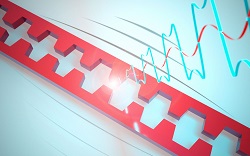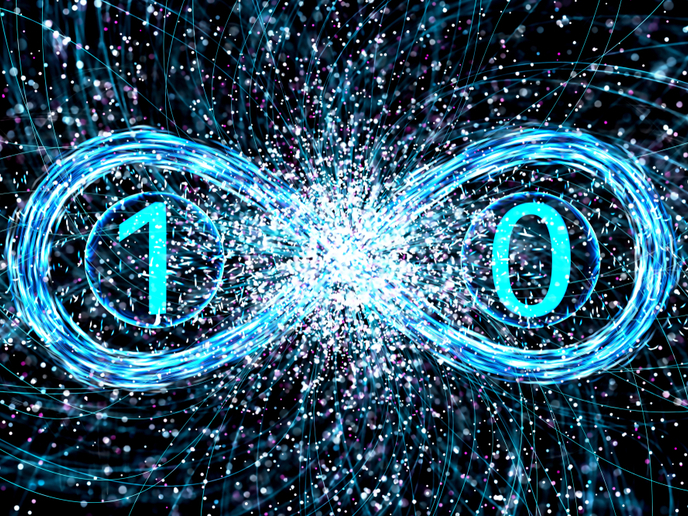The mathematics of quantum symmetries
The geometry of classical mechanics is mainly differential geometry of finite-dimensional manifolds, fibre bundles and Lie groups. Its prominent role is due to the possibility of dealing with invariantly defined objects. On the other hand, the standard mathematical language of quantum theory had long been different from geometry. In recent years, new ideas introduced in quantum theory called into play advanced geometric techniques based on algebra, geometry and topology. Most quantum models come from quantisation of classical systems, and therefore, inherit their geometric properties. The overall goal of the EU-funded project FGQ (The future of geometric quantisation) was to generalise the way geometric quantisation relates classical and quantum symmetries to each other. Scientists aimed to prove that quantisation commutes with reduction for systems with non-compact phase spaces and symmetry groups. Dropping the compactness assumption posed severe mathematical difficulties. The index of a Dirac operator on a non-compact manifold is no longer well-defined, and there is a need to work with the much more complicated representation theory of a non-compact group. A solution to these problems was to replace representations by corresponding classes in the K-theory of the C*-algebra of the relevant symmetry group. FGQ scientists extended previous results to K-theory classes of general representations. These included representations of complex semi-simple groups. In addition, explicit results were obtained for representations in cases where the orbit space of the group action is not compact. The principle that quantisation commutes with reduction was generalised to actions of non-compact groups on symplectic manifolds with non-compact orbit spaces, such as the action of a non-compact Lie group on its cotangent bundle. Moreover, singular reduced spaces were allowed in most results obtained. Among the most important results of FGQ was the generalisation of the reduction principle from non-compact symplectic manifolds to non-compact spinC manifolds. The first steps in non-compact geometric quantisation have been made through the integration of symplectic geometry and representation theory.







